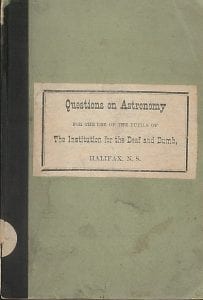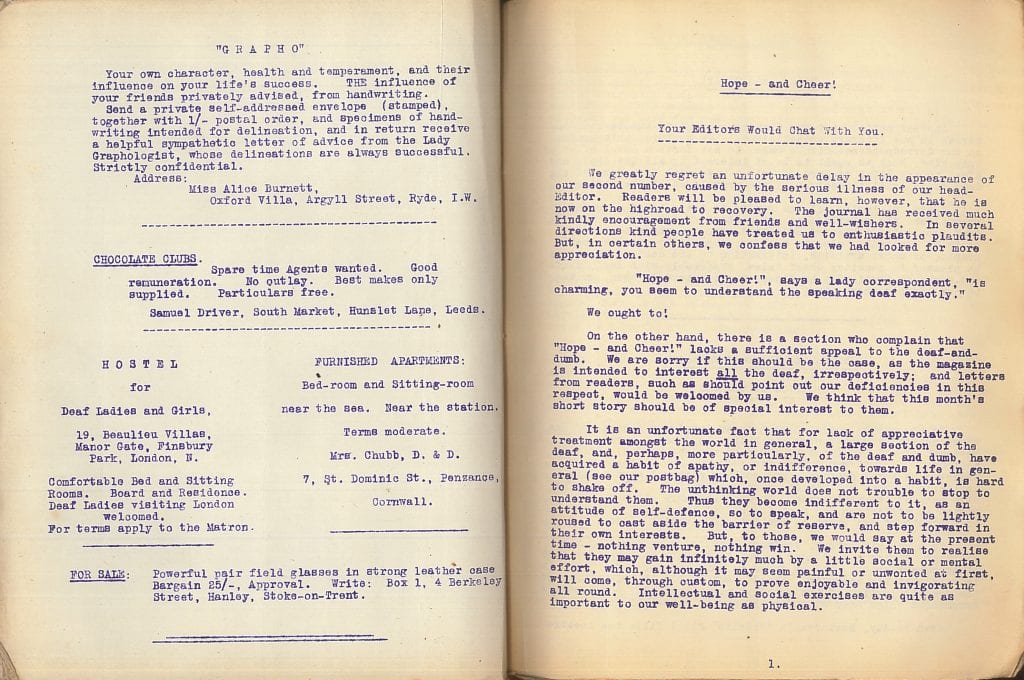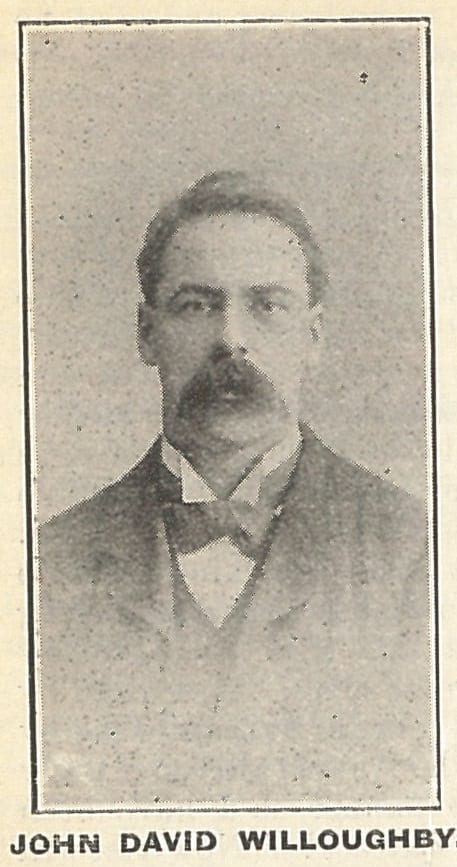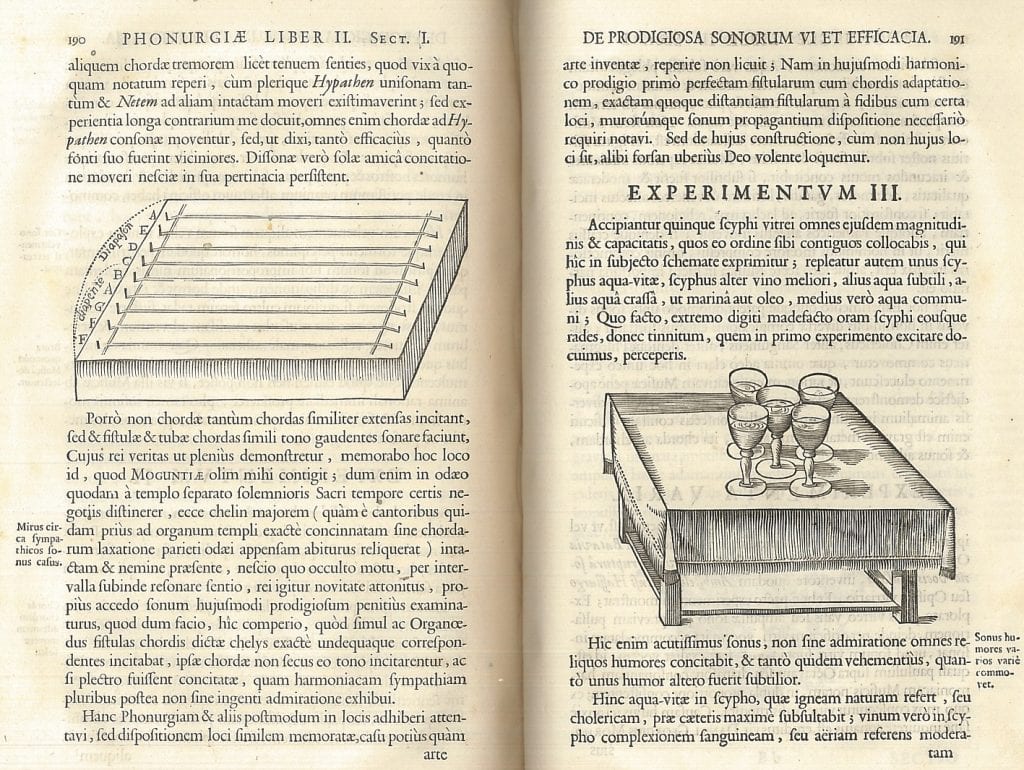“to show the problems of the deafmutes as reflected by a prismatic light” – The World Federation of the Deaf, 1951-
By H Dominic W Stiles, on 28 September 2018
 The World Federation of the Deaf was founded in 1951 by Cesare Magarotto (photographed here at the 1951 congress), inspired by his father, Antonio Magarotto. In his Leslie Edwards Memorial Lecture for 1968, Allan B. Hayhurst of the B.D.D.A. wrote a little about the history of the organisation. Antoinio Magarotto was a Paduan who had helped found the Italian Deaf Association, Ente nazionale sordi in 1932. His son extended his father’s ambition to bring Deaf people together, to the world. He wrote the following ‘Introduction’ to the 1951 inaugural Congress, held in Rome.
The World Federation of the Deaf was founded in 1951 by Cesare Magarotto (photographed here at the 1951 congress), inspired by his father, Antonio Magarotto. In his Leslie Edwards Memorial Lecture for 1968, Allan B. Hayhurst of the B.D.D.A. wrote a little about the history of the organisation. Antoinio Magarotto was a Paduan who had helped found the Italian Deaf Association, Ente nazionale sordi in 1932. His son extended his father’s ambition to bring Deaf people together, to the world. He wrote the following ‘Introduction’ to the 1951 inaugural Congress, held in Rome. The translation is rather too flowery in English and too Latinate to be easy to read, but it conveys his vision:
The translation is rather too flowery in English and too Latinate to be easy to read, but it conveys his vision:
The tragedy which had upset the world was just finished and when it still lasted in the minds of the conquerors and the conquered, when only a feeble light was perceived — a light of appeasement due to the pity and to the necessity of an economical rehabilitation — from the sensorial disabled people arose a noble invocation of fraternity, equality and solidarity.
The people mutilated by nature and by the atavic faults of society; the people who had found again the light and the sounds in the Faith and in the Love; the people who had participated in this intimate song because they felt the same blood in their veins and had the same aspirations «could easily, in the name of the mutual sacrifice, cross the frontiers and feel only their fraternity».
The feeling of mutual assistance — very strong in the sensorial disabled people and especially in the deafmutes —the desire to hold together after the general disaster, the necessity of exchanging opinions about the protection of the human and social rights of the category, started the organization of the Congress.
Italy — which organized, in 1911, the first International Congress of Deafmutes — was called again to receive the representatives of the «silent brothers» of all the world and, with them, the Scientists, the Doctors, the Educators and the Organisers specialised in the matter.
The Organizing Committee (differently from the past Congresses) tried to show the problems of the deafmutes as reflected by a prismatic light, in order to enhance the progress made in all the fields, and also in the scientific one, and to collaborate in the pursuit of the welfare of the category.
The relations on organisation, the thesis of social character, the communications of the doctors and of the educators reported in this volume shows the considerable activity of the three Sessions of the Congress.
The doctors and the educators have confirmed that —with the progress of medicine and pedagogy — the born deafmutes and those who became deaf in their infancy, if they are exempt from other infirmities can be considered psychically normal and capable of becoming specialized workmen and of going through a regular course of studies; they have done homage to the work of the organisers and of the deaf who have drawn the attention of the Governments upon the problems of the deafmutes and who have devoted their activity to the new acquisitions of science; they have expressed the wish that the National Associations would promote periodically national and international meetings.
The representatives of the category have examined and compared the social realizations — inestimable patrimony of the most civilized nations — and have pointed out the responsibility of society for the want of instruction of so many deafmutes; they have asked the International Organisations to take interest in the problem and they have expressed their gratitude to all the educators — from the most eminent to the humblest — who have been the first to indicate the way of rehabilitation and to expose to the Governments the social problem of the recovery of so many people.
The Congress, with the constitution of the World Federation has confirmed the necessity of such a collaboration and has fulfilled its highest task lying the foundations for organic interventions in the various Countries on behalf of the deaf-mutes.
We must be grateful to the Parliamentary Friends and of the Italian Government for their economical and moral aid in the organisation of this Congress; we set them as an example for the good of the deafmutes.
The attestations of the international Press, of the Parliaments and of the Governments prove that our work has not been useless, and the consciousness of having contributed in the recovery also of one single «silent brother is the best reward for us.
Rome. July 1953.
CESARE MAGAROTTO (p.xi-xiii)
Typically the British did not attend the first congress, and only fully joined in 1957 (Hayhurst p.4)
On page 534 of the Atti… we read that Lucien Morel, the French delegate, says that in 1937 there was a congress in Paris with 35 nations taking part. I cannot find mention of that in the British Deaf Times, nor in a quick look at one of the French journals we have, Revue Generale de l’Eseignement des Sourdes-Muets, but perhaps a more careful search would find it. Magarotto mentions a 1911 conference, and we have found mentions of it, but it is not clear how big it was. The British Deaf Times (1911 p.180) says,
A Committee has been formed to organise a Congress of the Deaf to be held at Rome during August. It is fixed to take place from the 22nd to the 27th ‘of the month, and those who are planning a visit to Italy should make note of the date of this interesting gathering. It seems curious that in countries which appear to be most deeply rooted to the oral method of instruction, the most interesting Congresses of the adult deaf are organised from time to time, in the course of which they do not fail to use such methods of communicating with one another as they find most convenient —no matter whether their school life was spent under oral instruction or otherwise.
From Rivista di Pedagogia Emendatrice 1911 (7) p.229 we see that it does not appear as it the congress was well-attended enough to be considered ground-breaking, with delegates being more or less confined to French, Spanish and Italian.
I include a few of these references here:
Hayhurst, A.B. The World Federation of the Deaf. 1968 Leslie Edwards Memorial Lecture
Rivista di Pedagogia Emendatrice, 1911 no.7
World Congress of the World Federation of the Deaf
Here are the titles in English – as printed in the case of the first. We have the ones with *
*1st- Official Acts of the World Congress of the Deaf mutes. (Atti Ufficiali del Congresso Mondiale dei Sordomuti) Rome, Italy 19-23rd September 1951
*2nd – Proceedings of the 2nd World Congress of the Deaf. Zagreb, Jugoslavia 23-27th Aug 1955
*3rd – Proceedings of the 3rd World Congress of the Deaf. Wiesbaden, Germany 20-27th Aug 1959
*4th – Proceedings of the 4th World Congress of the World Federation of the Deaf. Stockholm, Sweden 17-21st Aug 1963
*5th – The 5th World Congress of the World Federation of the Deaf. The Deaf Among the Hearing. Warsaw, Poland 10-17th Aug 1967
*6th- Proceedings of the 6th World Congress of the World Federation of the Deaf. The Deaf Person in the World of Evolution. Paris, France 31st July-5th Aug 1971
*7th – 7th World Congress of the World Federation of the Deaf. Full Citizenship for All Deaf People. Washington DC, USA 31st July-7th Aug 1975
*8th – 8th World Congress of the World Federation of the Deaf. The Deaf People in Modern Society. Varna, Bulgaria 20-27th June 1979
9th – 9th World Congress of the World Federation of the Deaf. Deafness Today & Tomorrow: Reality & Utopia. Palermo, Italy 1-6th July 1983.
*10th – Proceedings: One World, One Responsibility. 10th World Congress of the World Federation of the Deaf. Espoo, Finland 20-28th July 1987
*11th – Proceedings: Equality & Self Reliance. 11th World Congress of the World Federation of the Deaf. Tokyo, Japan 2-11th July 1991
*12th – Proceedings: Towards Human Rights. 12th World Congress of the World Federation of the Deaf. Vienna, Austria 6-15th July 1995
13th – Proceedings 13th World Congress of the World Federation of the Deaf. “Diversity & Unity”. Brisbane, Australia 25th July-1st Aug 1999
14th – 14th World Congress of the World Federation of the Deaf. Montreal, Canada 20-26th July 2003. Not published in 2006.
15th – 15th Congress 2007 World Congress, Madrid, Spain
16th – 16th Congress 2011 World Congress of the World Federation of the Deaf, Durban South Africa http://www.cbm.org/article/downloads/62437/WFD_2011_-_CBM_Report.pdf
17th – 17th Congress 2015 World Congress of the World Federation of the Deaf, Istanbul Turkey
https://en.wikipedia.org/wiki/World_Federation_of_the_Deaf
Thanks to @interphistory www.interpreterhistory.com for some helpful suggestions!
 Close
Close

















